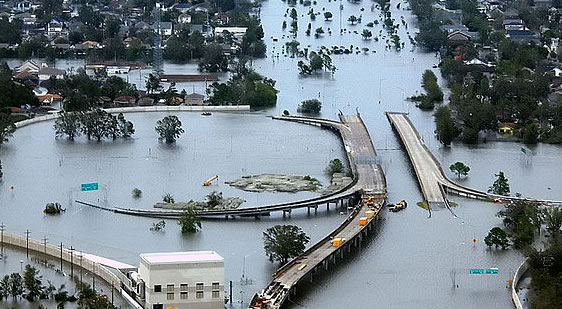Hurricanes by National Geographic A hurricane, also called a tropical cyclone, is the most powerful storm that forms on Earth. A hurricane forms over warm ocean water. As it grows in size and intensity, its powerful winds begin rotating around a center like water going down a drain. Because of the physics phenomenon known as the Coriolis Effect, hurricanes that form in the Northern Hemisphere feature winds that move counterclockwise, while those that form in the southern hemisphere feature winds that move clockwise. When its winds reach 39 miles per hour, it becomes a tropical storm, and as the storm continues to expand, and its winds reach 74 miles per hour, it is a hurricane or tropical cyclone where it will receive a name (like Hurricane Katrina). By this time, the massive storm is 50,000 feet high and 125 miles across. Winds from the hurricane can extend hundreds of miles from the center or “eye” of the hurricane, which itself may be 30 miles across. The most powerful hurricanes can sustain winds of over 156 miles per hour. When hurricanes hit land, they cause massive damage, storm surges, major wind damage, rouge waves, and flooding. Once they hit land, however, they quickly weaken as they are longer being powered by warm ocean water. The Eye of a Hurricane
Satellite Image of Hurricane Isabel (2003) from the International Space Station. Public Domain image In the center of a powerful hurricane (called the eye), air may sink rather than rise, which suppresses cloud formation, leading to calm skies and wind. The eye of a hurricane can be up to 240 miles in diameter, but is normally between 20 and 40 miles in diameter. The clouds on the edge of the eye form the eyewall of the hurricane, which typically feature the hurricane's strongest winds, highest clouds, and fiercest precipitation. Hurricane Katrina
Hurricane Katrina, which devastated areas of the Gulf coast, including the city of New Orleans, formed on August 23, 2005. It was the costliest national disaster in American history resulting in over $100 billion in total damages. Over 1,800 people were confirmed killed in the storm or its resulting floods.
New Orleans after Hurricane Katrina Although Hurricane Katrina started out as a tropical storm in the Caribbean, it gained intensity as it moved west, bounced off of Florida, and barreled in the Gulf coast as a Category 5 hurricane, feeding off of the warm waters of the Gulf of Mexico. Although it weakened to a Category 3 hurricane as it approached Louisiana, it made landfall on August 29, 2005 causing unprecedented damage, especially in Louisiana and Mississippi. As much as 80 percent of New Orleans, Louisiana was flooded as a result of the hurricane breaching its levee system, which was designed to keep the city safe from flood waters. Although a large portion of the city's population evacuated before the storm, those that stayed were often stranded on rooftops, their two and three story houses nearly totally submerged. The damage to the city was so severe that some thought it should be abandoned permanently. Tens of thousands who evacuated or were evacuated never returned, instead, starting anew in nearby Baton Rouge, Houston, or San Antonio. |
||
Click on a link below to learn all about a weather event, watch videos, and much more! |
||
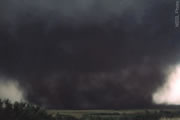 |
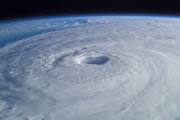 |
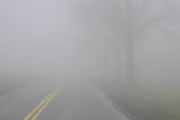 |
 |
 |
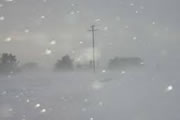 |
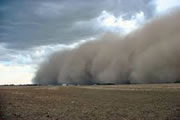 |
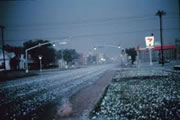 |
 |

